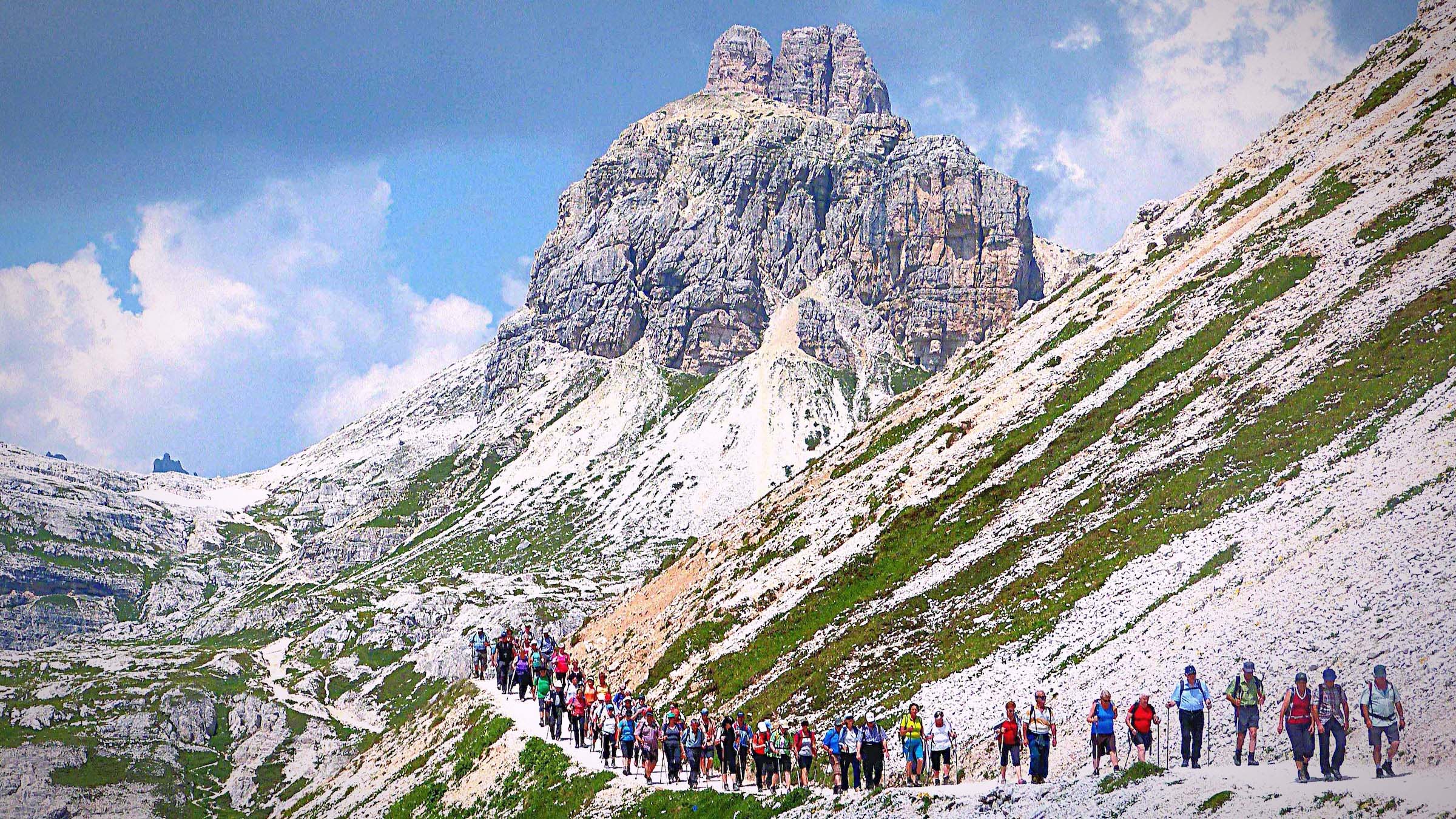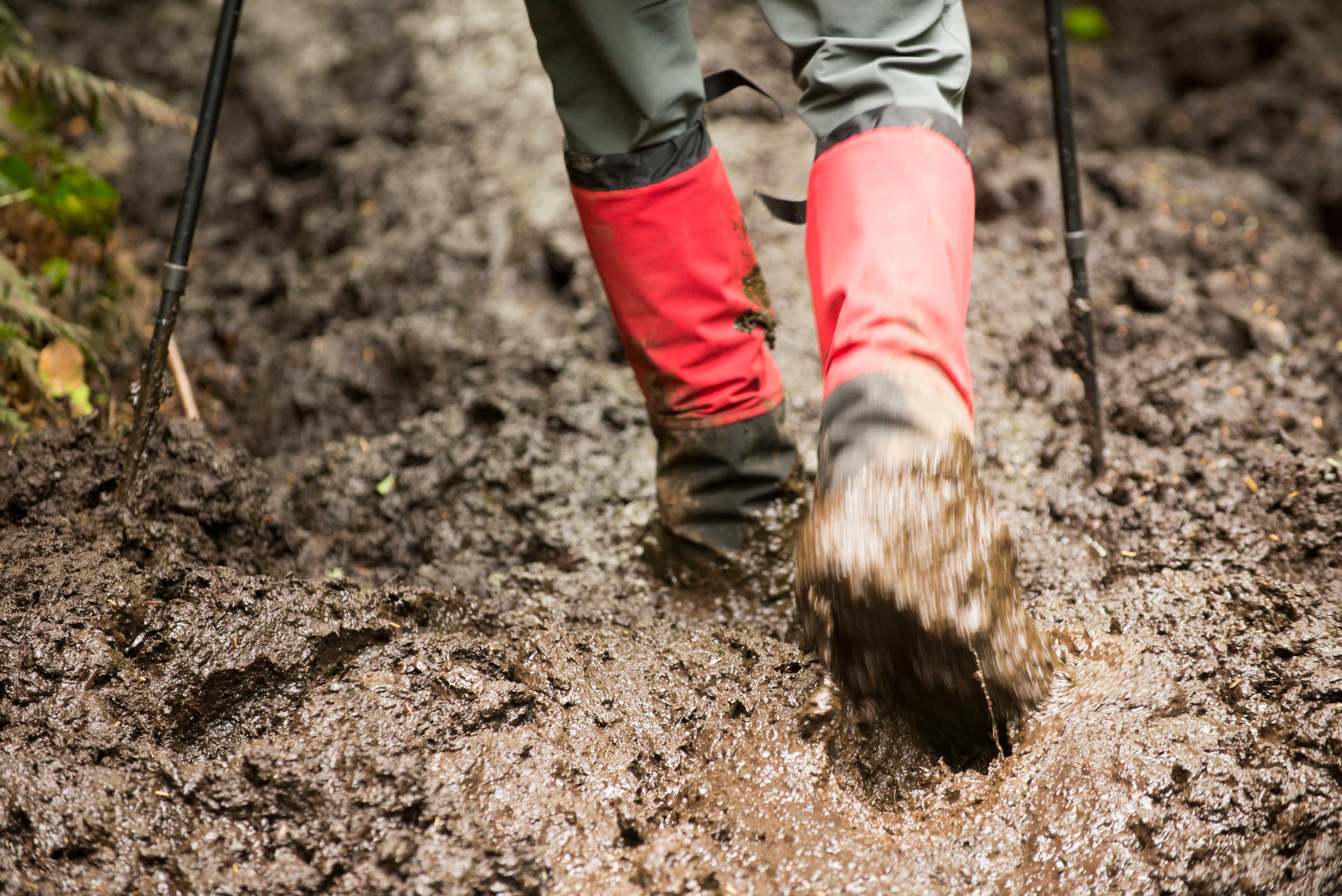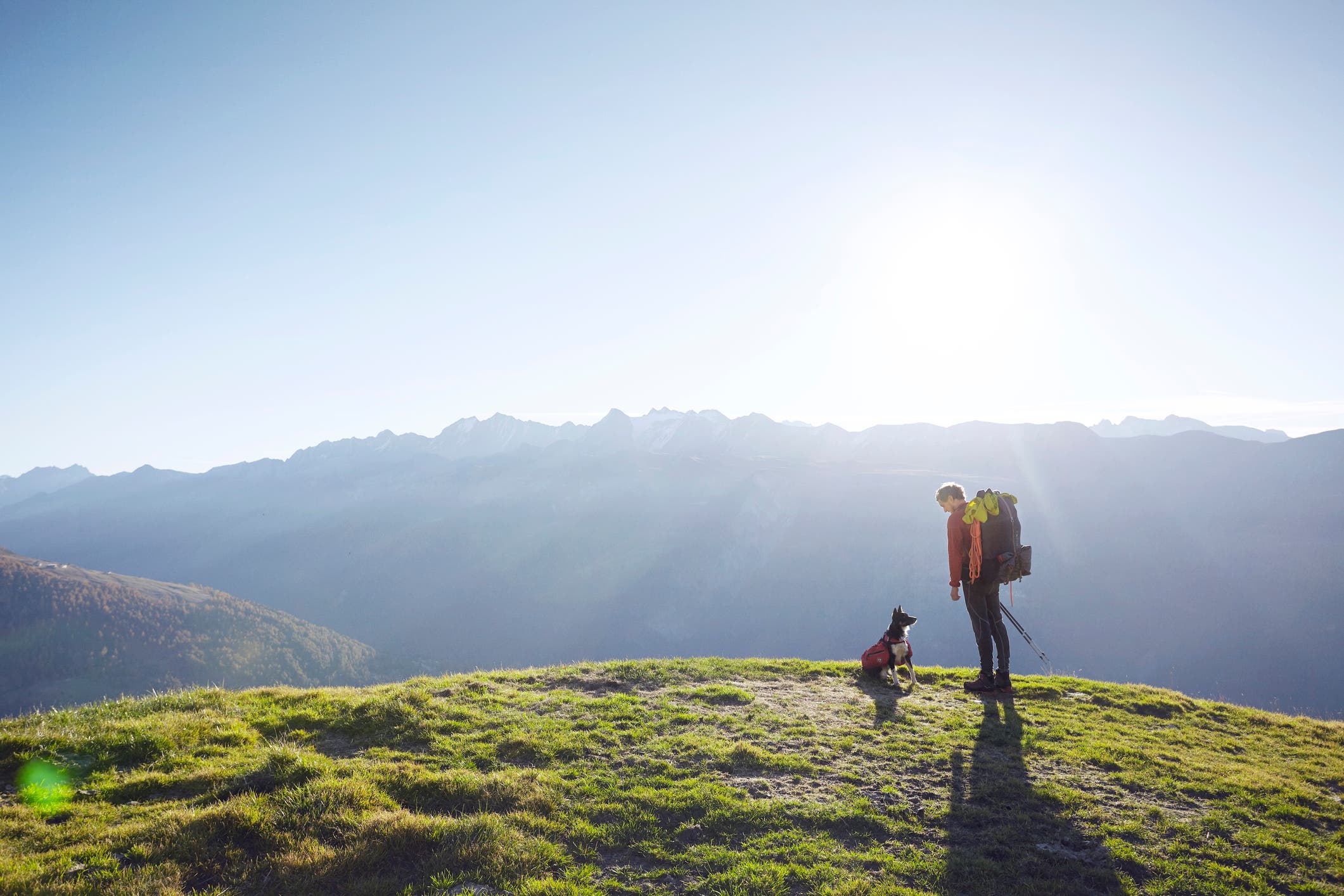Don’t Be a Jerk: Here’s What Every Hiker Should Know About Trail Etiquette

(Photo: Nicola Mente / EyeEm via Getty Images)
When you’re going on your first hike, there’s a lot to think about: what to pack, where to go, how to stay safe, and how to actually enjoy the experience when your legs are burning and your lungs are working at max capacity. On top of all that, hiking has its own social code, a set of unwritten rules that’s widely accepted by trail users. These principles aren’t about shaming people who may be new to the trail—they’re about helping to create an environment where everyone can stay safe and enjoy the wilderness in the way they want. Avoid disrupting other hikers and recreationalists with these tips.
Right of Way

On all hiking trails, those traveling uphill have the right of way. When you’re descending, step to the side to make room for those hiking up to pass. On trails that allow other types of users, hikers should always yield to horses, mules, llamas, and any other pack animals. Bikers must yield to hikers and horses.
Passing
If you come up on a hiker or party that’s moving more slowly than you, it’s OK to pass—but do so politely. Announce yourself in a friendly way as you approach (a simple “hello” is always a good choice) and ask if you can pass when there is a convenient spot. If you can, pass in a spot where the trail widens or there is an easy area for the hikers in front of you to step aside; it’s rude to push by, especially on narrow sections of trail or where there is thick brush or a drop-off on either side.
Conversely, be aware if you’re hiking more slowly than those behind you. If a hiker or party is lingering behind you, it’s a good idea to offer to let them pass, even if they don’t ask. You’ll enjoy the hike more without someone tailgating you, and so will they.
Noise
Did your parents and teachers tell you to use your “inside voice” as a kid? By implying that shouting and noise were for the outdoors, they may have steered you wrong. Sure, whooping with joy at that fantastic view or calling to your friend up the trail are fine—but be aware of those around you when shouting, singing, or playing music. Many hikers go outside to hear the sounds of nature; babbling brooks, singing birds, or just pure silence. Studies have also shown that wildlife can get spooked from music playing out of speakers, which can have serious impacts to their survival as they burn extra calories trying to avoid it (earphones are almost always a better choice). If you’re alone on the trail, be as loud as you want. But in more crowded areas, be considerate and tone it down. Note: Loud singing and shouting in bear country is fair game.
Where Not to Walk

In highly-trafficked areas, stay on the trail as much as possible. Widened trails are bad as they mar the landscape and kill plant life, and result when hikers cut switchbacks (which can also lead to erosion and expedited wear on your favorite paths) and wander off-trail to avoid puddles. In muddy conditions, walk straight through puddles, or, if it’s really bad, turn around; hiking in intense mud can cause lasting damage to trails. Respect trail closures and signs at all times.
When hiking off-trail, walk on durable surfaces like rock and avoid trampling sensitive vegetation.
Interacting with Other Hikers
We get it—you hike for the solitude, not to bump elbows with every other person out there. Seeking some alone time is perfectly fine, and you’re not obligated to chat with other hikers. Just remember that how you greet other hikers may make a difference in how comfortable they feel on the trail. It’s nice to give passersby a smile and a short greeting, and if you do strike up a conversation, keep it friendly: no one wants your unsolicited advice.
Leave No Trace
You’re probably familiar with the phrase, “leave only footprints, take only pictures.” Be mindful of the environment and considerate of others who may visit after you: it’s never a good idea to carve your name into tree bark, litter, or do anything that may alter the area once you leave. Brush up on these principles to keep yourself accountable. But remember, you’re responsible for yourself only: shaming others for deviating from LNT principles only contributes to an unwelcoming hiking community. You can help by picking up trash you see along the way, but it’s rarely productive to confront other hikers whose behavior you don’t agree with.
Hiking with Pets

If you’re hitting the trail with a furry friend, be sure to follow the regulations for the area you’re in. Only let pets off-leash where permitted, and only do so if your animal is well-trained and obeys voice commands. While your pup might be the best hiking companion for you, not everyone feels comfortable around animals. Keep your pet under control, and don’t let it jump on or approach hikers who might not like it. Pick up after your pet, and never, ever leave poop bags on or near the trail. You say you’ll grab it on the way out, but every hiker who passes in the meantime has to look at your trash—and let’s face it, will you really remember?
Hiking in a Group
Sharing the joys of nature with friends and family can be a blast. Keep in mind that large groups take up more space, make more noise, and generally impose on other hikers more than individuals or pairs. Stay aware of the space your group is taking up on the trail and let others pass, even if you have the right of way. If everyone in your group follows these etiquette principles, you’re in for a fantastic time.